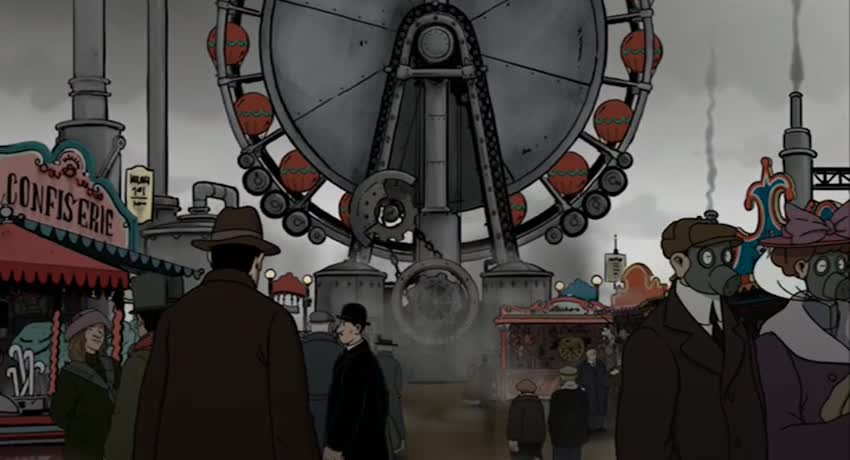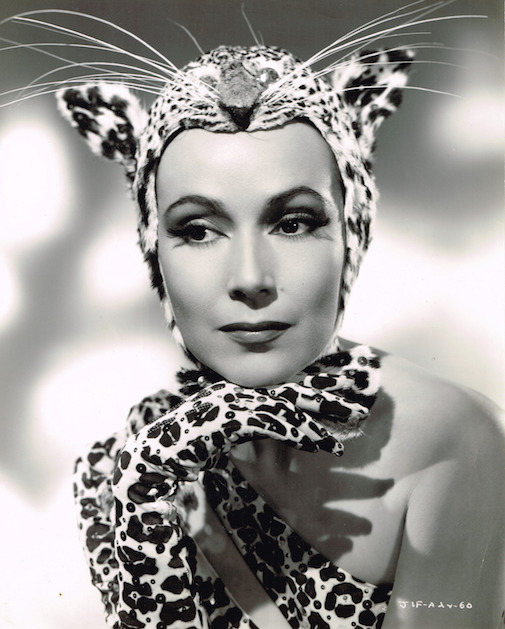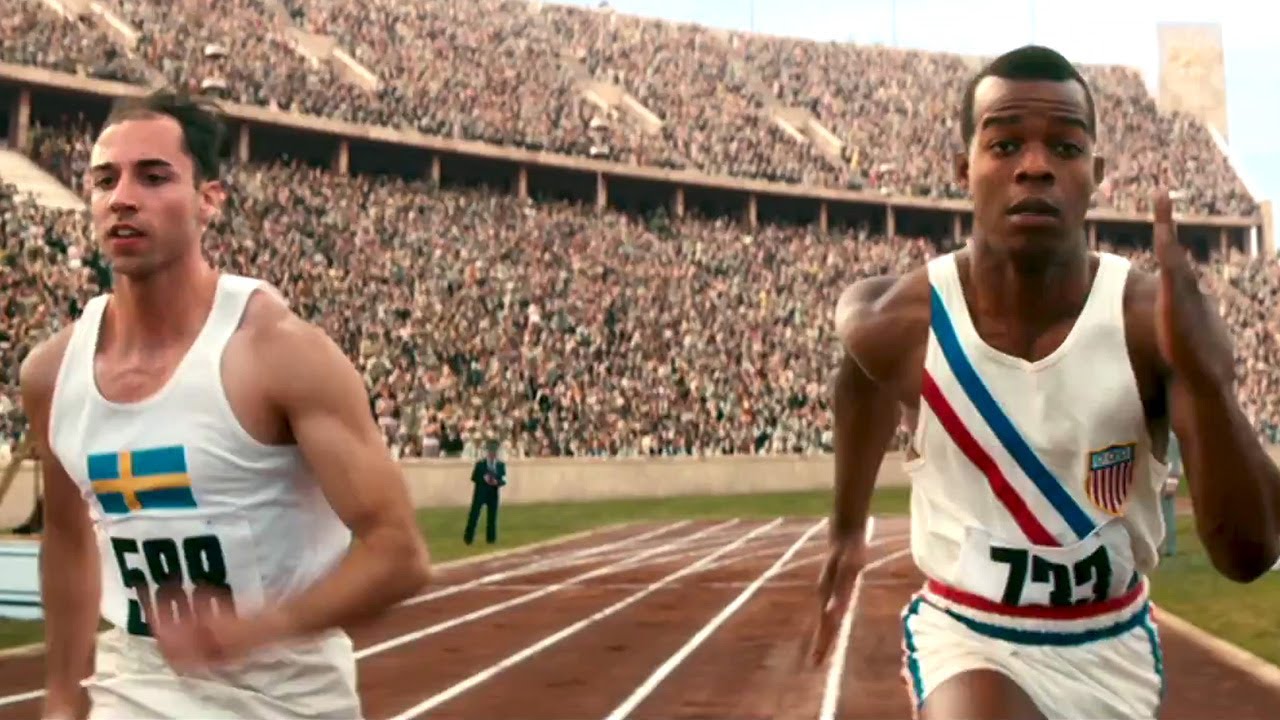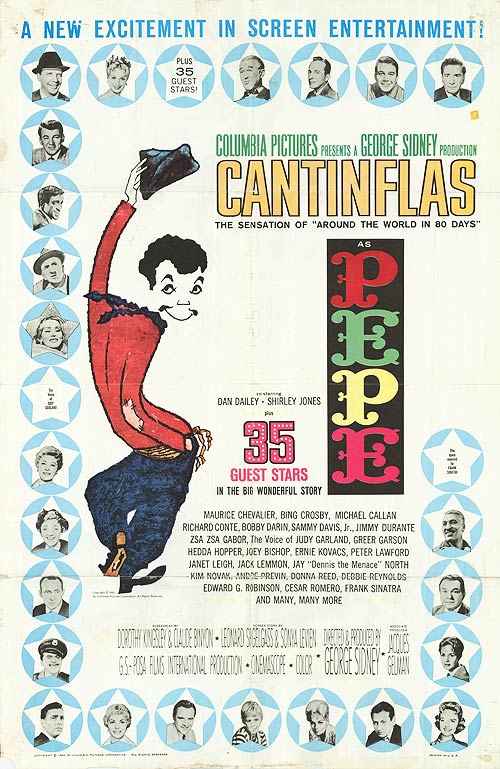New to DVD: April and the Extraordinary World
 Wednesday, August 3, 2016 at 9:40PM
Wednesday, August 3, 2016 at 9:40PM As even the quickest look at a box office report shows, 2016 has been a great year for the popularity of animated films. But outside of the heavyweight American studio tentpoles, there have been genuine treasures that have still managed to slip through the cracks. Thus it's my pleasure to introduce to you the crackling Franco-Canadian-Belgian sci-fi fantasy April and the Extraordinary World, new to DVD this week, thanks to the endlessly wonderful folks at distributor GKIDS.
The film takes place in an alternate world where Emperor Napoleon III of France died in a lab explosion in 1870, just before our history had him falling from grace in the eyes of the French legislature; here, his son ascends as Napoleon IV and ushers in a bold new era of European diplomacy that manages to prevent both of the 20th Century's World Wars, but also results in an era of scientific stultification, meaning that by 1931, when the film proper begins, the world is still in an age of steam.

Here we meet young April, whose parents are working on a serum to prolong life...








